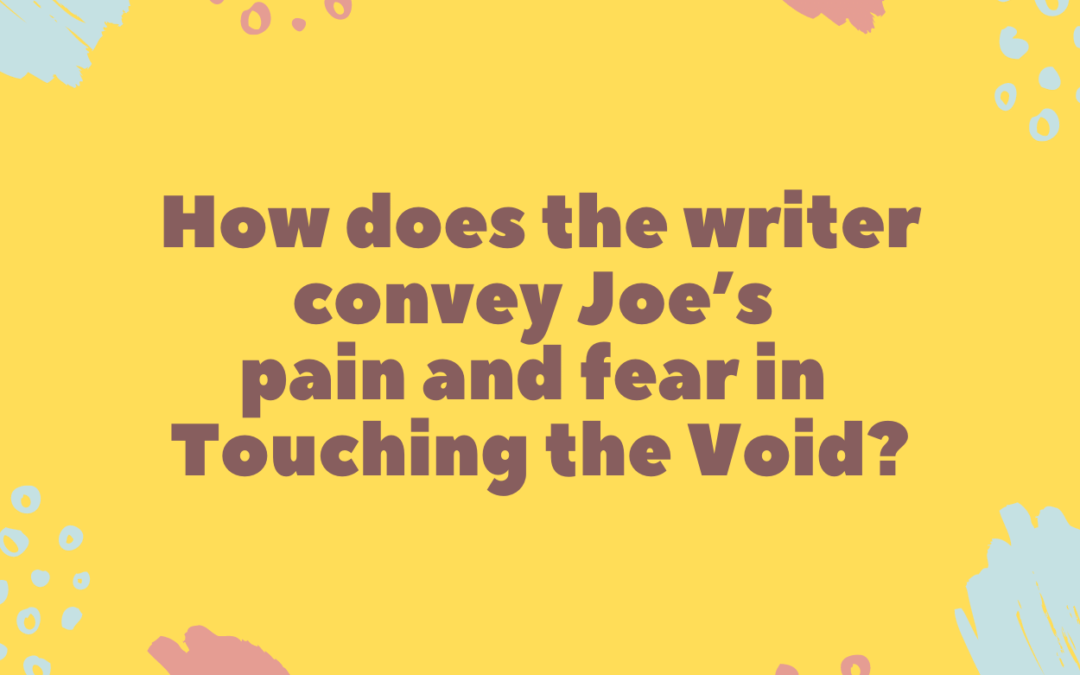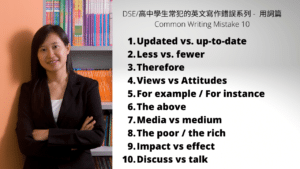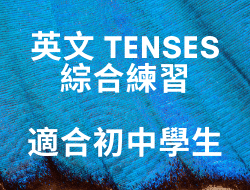Edexcel English IGCSE: Touching the void by Joe Simpson and Simon Yates
Q2. How does the writer convey Joe’s pain and fear?
Edexcel English IGCSE Model Essay by an Expert
When narrating his account, Joe conveys his pain with vivid descriptions of his injury. His fear increases towards the end of the passage, where a variety of techniques are employed to convey this emotion to the reader.
Dramatic vocabulary is used to portray the intensity of Joe’s pain. He describes the injury as “shattering” and “splitting”; these almost alliterative words emphasise the damage caused by the injury, by appealing to the reader’s sense of sound. Later, the writer uses a triple structure to build an accumulating sense of agony: “it was ruptured, twisted, crushed”. He also employs metaphors to capture his pain: comparisons with fire – “a fierce, burning fire” and “the fireball” – allow the reader to at least partially imagine the scorching pain that Joe was feeling. The reader also gains an impression of his pain with repetition, which reflects the “ragged gasps” with which he has to breathe, because of the intensity of the pain: “My leg!… My leg!”.
As well as portraying his pain, Joe gives a clear physical description of the injury, prompting feelings of squeamishness and disgust in the reader. The descriptions of the injury portray it as something unnatural and repulsive: “grotesque distortion” and “a strange zigzag”. Furthermore, the build-up of three violent adjectives to describe his leg shows that it is worse than simply “broken”, which is a relatively common injury: the leg was “ruptured, twisted, “crushed”. Providing excruciating details allows the reader to visualise Joe’s broken leg, thereby coming to some understanding of the pain that would be caused by such a serious injury.
Perhaps more distressing than the physical pain, Joe experiences the fear of impending death. The realisation that his leg might be broken is described as a “dark thought”, showing how serious it is: it is mysterious and pessimistic. Joe’s description of his thoughts contains ellipses and repetitive use of the conditional, both of which portray his uncertainty and fear as he tries to delude himself that the injury isn’t as bad as it might look. There is a string of short sentences in lines 40-41, culminating in two very brief questions: “Left here? Alone?”. This conveys a sense of panic by emulating the breathless succession of terrifying thoughts that occurred to him at the time. The account ends with a metaphor of Joe “teetering on the edge” of panic; this metaphor is ironic because he is literally on the edge of a cliff. By combining the literal and the metaphorical, the gravity of the situation is emphasised to the reader.
Joe is in a terrible situation, characterised by fear and pain. These emotions are vividly portrayed, developing the reader’s sympathy towards Joe.



